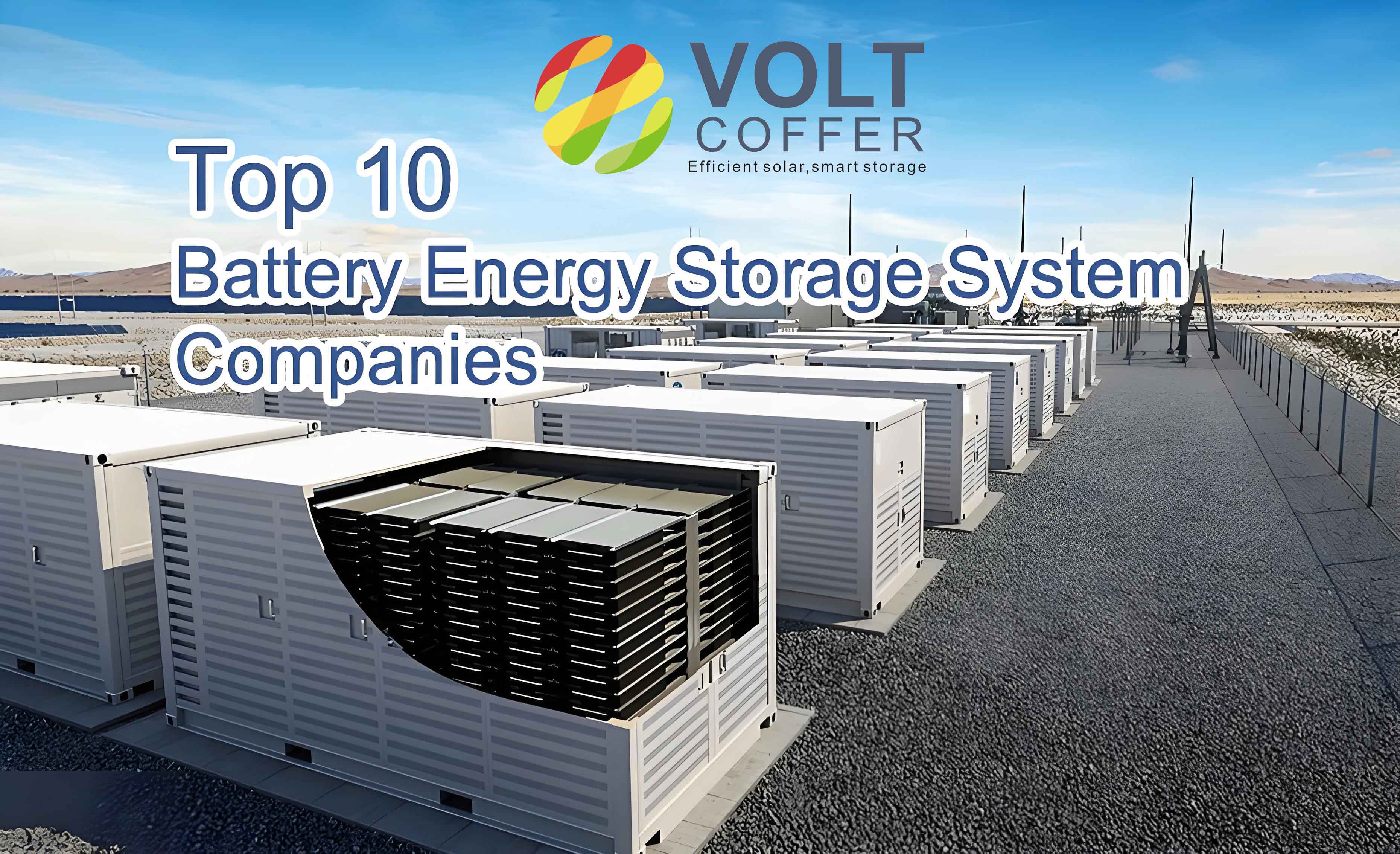As a researcher deeply involved in the field of electrochemical energy storage, I have witnessed the transformative role of energy storage battery in enabling renewable energy integration, electrifying transportation, and stabilizing power grids. This article synthesizes recent advancements in power and energy storage battery technologies, emphasizing material innovations, mechanistic breakthroughs, and system-level optimizations. The discussion is structured around key components—electrodes, electrolytes, and emerging storage systems—supported by quantitative analyses, tables, and equations to highlight critical performance metrics and theoretical frameworks.

1. High-Capacity Cathode Materials: From Oxygen Redox to Organic Compounds
Cathode materials define the energy density and cycling stability of batteries. Recent focus has shifted toward leveraging anion redox chemistry and organic compounds to transcend the limitations of conventional intercalation-based cathodes.
1.1 Oxygen Redox in Layered Oxides
Li-rich layered oxides (e.g., Li1.2Ni0.15Co0.1Mn0.55O2) utilize oxygen anion charge compensation to achieve capacities exceeding 300 mAh/g. The redox mechanism involves reversible oxygen oxidation (O2− → O−) alongside transition metal (TM) redox, governed by:Li2O⋅TMxOy↔Li++e−+TMxOyn−
However, oxygen release and voltage decay remain challenges. Strategies like surface doping (Table 1) mitigate these issues by stabilizing the lattice.
Table 1: Performance of Modified Li-Rich Layered Cathodes
| Modification | Capacity Retention (100 cycles) | Voltage Decay Rate |
|---|---|---|
| Al2O3 Coating | 92% | 0.3 mV/cycle |
| Spinel Integration | 88% | 0.5 mV/cycle |
| Fluorine Doping | 95% | 0.2 mV/cycle |
1.2 Organic Cathodes for Sustainability
Quinone-based compounds (e.g., pyrene-4,5,9,10-tetraone) exhibit multielectron redox activity via carbonyl groups:C=O+Li++e−↔C-O−Li+
Their tunable structures and environmental compatibility make them ideal for low-cost energy storage battery. Heteroatom-doped organosulfides further enhance conductivity and capacity retention (Table 2).
Table 2: Electrochemical Performance of Organic Cathodes
| Material | Specific Capacity (mAh/g) | Cycle Life (cycles) |
|---|---|---|
| PTO (Pyrene Tetraone) | 450 | 500 |
| S-doped Polyaniline | 320 | 1000 |
| Quinone-Polymer | 290 | 1500 |
2. Electrolytes: Bridging Stability and Conductivity
Electrolytes dictate ion transport, interfacial stability, and safety. Innovations span liquid additives, solid-state systems, and hybrid designs.
2.1 Additive Engineering for Li-O2 Batteries
Ethylenediamine additives in Li-O2 batteries promote solvent-phase growth of Li2O2, reducing electrode passivation. The discharge reaction:2Li+O2↔Li2O2(E∘=2.96V)
is facilitated by redox mediators like LiI, enhancing round-trip efficiency to >80%.
2.2 Solid-State Electrolytes (SSEs)
Oxide-based SSEs (e.g., LLZO, Li7La3Zr2O12) offer high Li+ conductivity (10−4–10−3 S/cm) but face interfacial resistance. Hybrid electrolytes combining polymers and ceramics balance flexibility and stability (Table 3).
Table 3: Comparison of Solid-State Electrolytes
| Electrolyte | Ionic Conductivity (S/cm) | Stability Window (V) |
|---|---|---|
| LLZO | 5 × 10−4 | 0–6 |
| LiPON | 3 × 10−6 | 0–5.5 |
| PEO-LiTFSI | 10−5 | 0–4.5 |
3. Emerging Energy Storage Battery Systems
Beyond Li-ion, novel systems target cost, sustainability, and grid-scale storage.
3.1 Aqueous Zinc-Ion Batteries (ZIBs)
ZIBs utilize Zn metal anodes and mild electrolytes, enabling safe and low-cost energy storage. The cathode reaction with MnO2 follows:Zn+2MnO2+2H2O↔Zn(OH)2+2MnOOH
Table 4: ZIB Performance Metrics
| Cathode | Energy Density (Wh/kg) | Cycle Life |
|---|---|---|
| MnO2 | 250 | 1000 |
| V2O5 | 300 | 800 |
| Prussian Blue | 180 | 2000 |
3.2 Redox Flow Batteries (RFBs)
RFBs decouple energy and power, making them ideal for long-duration energy storage. Vanadium-based systems dominate, but organic RFBs (e.g., quinone/bromine) reduce costs. The charge-discharge efficiency (η) is given by:η=Charge EnergyDischarge Energy×100%
Table 5: RFB Technologies Comparison
| Type | Energy Density (Wh/L) | η (%) | Cost ($/kWh) |
|---|---|---|---|
| Vanadium | 25 | 75 | 300 |
| Zn-Br2 | 70 | 65 | 150 |
| Organic Quinone | 40 | 80 | 100 |
4. Mechanistic Insights and Advanced Characterization
Understanding degradation pathways and interfacial phenomena is critical. Phase-field modeling simulates Li dendrite growth, governed by:∂t∂ϕ=−M(δϕδF)
where ϕ is the phase variable, M mobility, and F free energy. Operando techniques (XAS, TEM) reveal real-time structural evolution in energy storage battery.
5. Challenges and Future Directions
While progress is remarkable, hurdles persist:
- Li Metal Anodes: Dendrite suppression requires artificial SEI layers.
- Sodium-Ion Batteries: Low energy density (<200 Wh/kg) limits mobility applications.
- Recyclability: Closed-loop recycling processes for spent energy storage battery isunderdeveloped.
Future innovations may exploit machine learning for accelerated material discovery and hybrid systems integrating multiple storage mechanisms.
6. Conclusion
Energy storage battery is pivotal to achieving a carbon-neutral future. Advances in high-capacity cathodes, stable electrolytes, and novel systems like ZIBs and RFBs underscore the field’s dynamism. By addressing interfacial challenges, scaling production, and prioritizing sustainability, next-generation energy storage battery will unlock unprecedented opportunities for renewable energy adoption and grid resilience.
